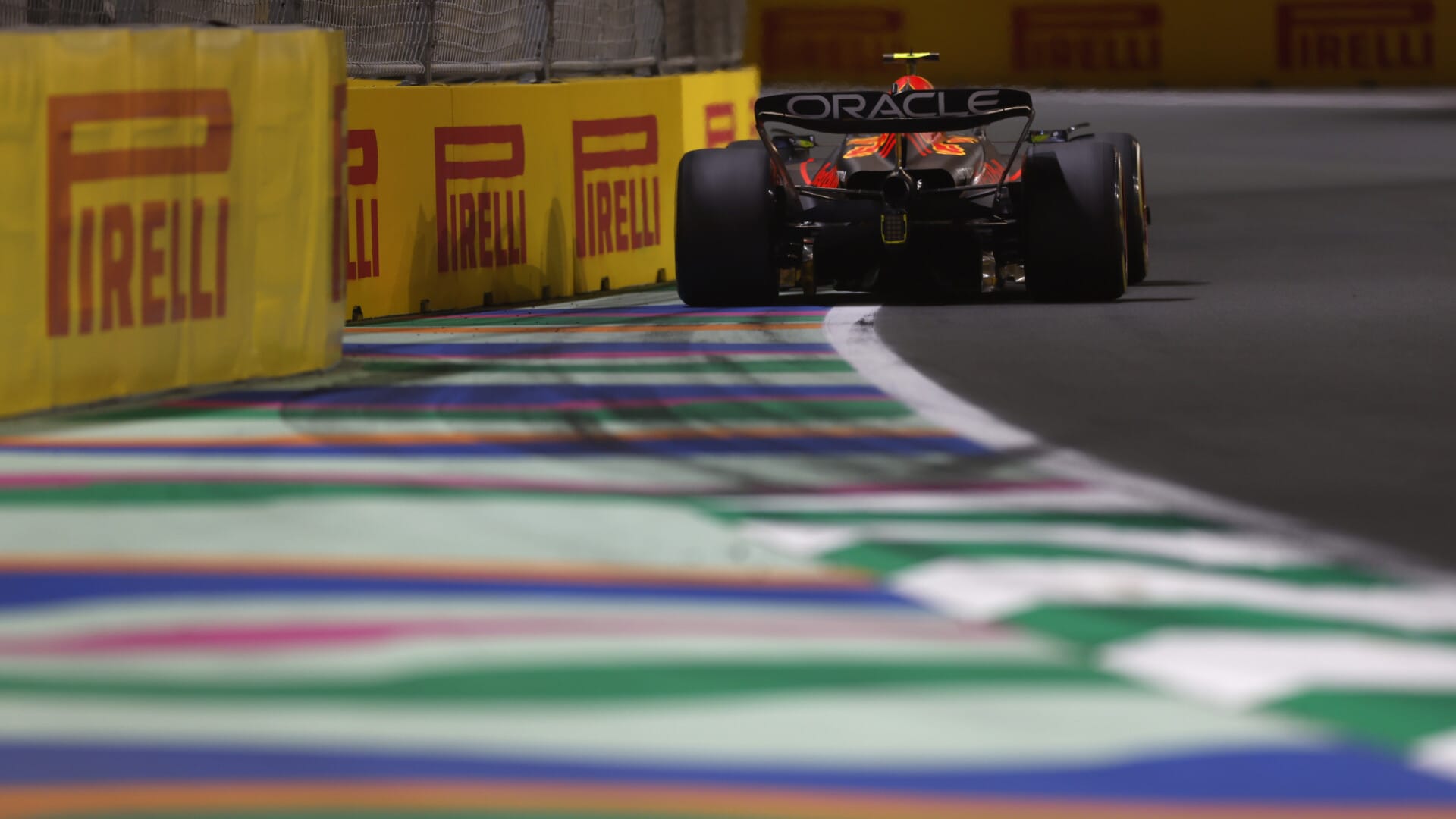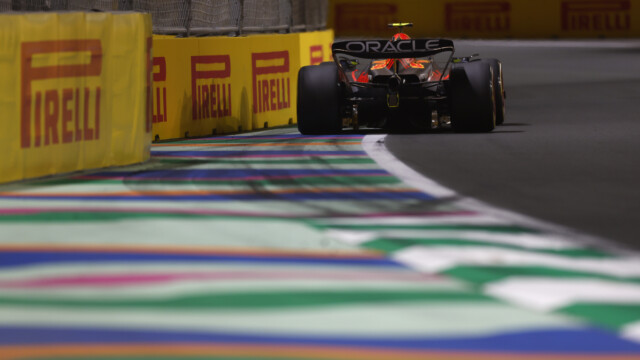Is Jeddah A True Street Circuit?


The question of whether the Jeddah Street Circuit, located in the coastal city of Jeddah, Saudi Arabia, fits the traditional mold of a street circuit has sparked considerable debate among motorsport enthusiasts. It features a 6.174 km track that weaves through the city’s Corniche area, offering high speeds and a blend of permanent and temporary sections. With an average speed of 252 km/h, it stands out as one of the fastest on the Formula 1 calendar.
While some purists argue that a true street circuit should run through city streets and be temporary in nature, Jeddah’s venue has characteristics that blur the lines. It strikes a balance with its setting along the picturesque Red Sea, combined with a layout that includes a lagoon, and the potential for thrilling racing given its three DRS zones. This setup raises the question of whether traditional definitions are sufficient to categorize the evolving designs of modern motorsport venues.
Overview of Jeddah’s Street Circuit
Jeddah’s Street Circuit has become a prominent feature in Formula One, offering a blend of high-speed racing within an urban setting. This section provides an in-depth look at the circuit’s development and its defining characteristics.
Historical Development
Jeddah’s Street Circuit, also known as the Jeddah Corniche Circuit, emerged onto the Formula One scene with the inaugural Saudi Arabian Grand Prix on December 5, 2021. Situated along the Red Sea’s coast, the circuit brought a fusion of rapid street racing and beautiful scenery to the sport. It was developed to be a significant part of the racing calendar, offering new challenges and opportunities for teams and drivers in Formula One.
Circuit Characteristics
The Jeddah Street Circuit is known for its impressive speed, with an average pace of 252.8 km/h, making it one of the fastest street circuits in Formula One. The track layout incorporates long straights and high-speed corners, which provides a stern test for both car machinery and driver skill. Unique to Jeddah’s design is the combination of temporary street sections with permanent racetrack elements, distinguished by its proximity to the Red Sea and featuring a backdrop that includes a lagoon. The circuit also boasts three potential DRS zones, which further adds to the overtaking opportunities during a race.
Assessing the Authenticity of Jeddah as a Street Circuit
As debates encircle the Jeddah Street Circuit’s position in the pantheon of racing venues, it’s time to dissect what truly constitues a street circuit and how Jeddah aligns with this classification compared to its counterparts.
Definition of a Street Circuit
A street circuit, by its strictest definition, is a motorsport racing track composed of public roads temporarily blocked off to create a racing course. True street circuits are known for their close proximity to urban features, tight turns, and absence of permanent racing infrastructure. Unlike permanent racetracks, their surfaces are often uneven and reflect the wear of everyday traffic.
Comparison to Other Street Circuits
Jeddah Street Circuit’s average speed is reported as 252.8 km/h, immediately setting it apart from traditional street circuits, which are typically slower due to tight corners and narrow straightaways. When compared to other street tracks, such as the Albert Park in Australia (237.2 km/h) and the Baku City Circuit in Azerbaijan (215 km/h), Jeddah’s considerably higher speed index is noteworthy.
In terms of layout, the Jeddah Corniche Circuit stretches over 6.174 km, making it one of the longest street circuits. While longer than many well-known tracks, it is still shorter than the Spa circuit, a permanent racetrack. Jeddah’s design integrates public roads along the Corniche, a coastal resort area, which attests to its street circuit nature, yet the high-speed design diverges from traditional slower street courses.
To further understand Jeddah’s standing, it can be informative to look at its features in a structured manner:
| Feature | Jeddah Street Circuit | Typical Street Circuit |
|---|---|---|
| Track Type | Temporary, public roads | Temporary, public roads |
| Track Length | 6.174 km | Varies, generally shorter |
| Average Speed | 252.8 km/h | Lower due to layout |
| Location | Coastal, urban area | Urban areas, city streets |
| Surface | Smooth, recently constructed | Uneven, regular traffic wear |
This comparison elucidates Jeddah’s street circuit credentials but also highlights its divergence from the norm, particularly in speed potential, a characteristic more akin to permanent tracks.
Impact on Motorsport
The introduction of the Jeddah Street Circuit to Formula 1 has reshaped the dynamics of racing and spectatorship. This track has notably influenced the overall competitive environment and how fans engage with the sport.
Racing Dynamics
The Jeddah Street Circuit brings a blend of high-speed sections and technical turns, which challenges drivers’ skills and car setups. The track’s design promotes high-speed ‘wheel to wheel racing’, fostering a competitive atmosphere during races. The average speeds are high compared to other street circuits, with cars achieving 252.8 km/h, which pushes the boundaries of street racing performance.
- Average Speeds on Street Circuits:
- Jeddah Street Circuit, Saudi Arabia: 252.8 km/h
- Albert Park, Australia: 237.2 km/h
- Baku City Circuit, Azerbaijan: 215 km/h
Drivers encounter a course that feels spacious like a traditional race track but is enclosed by barriers, demanding precision and concentration.
Spectator Experience
The Jeddah Street Circuit enhances the spectator experience by combining the intimacy of urban street racing with the thrill of high-velocity competition. The circuit’s infrastructure is arranged to allow fans to witness up-close racing action, creating a vibrant atmosphere during events.
- Features Enhancing Spectatorship:
- Proximity to high-speed racing
- Urban venue vibes
- Visual access to tight cornering and overtakes
The Jeddah circuit’s design and layout have evidently impacted motorsports by intensifying the racing dynamics and significantly enriching the spectator experience.





